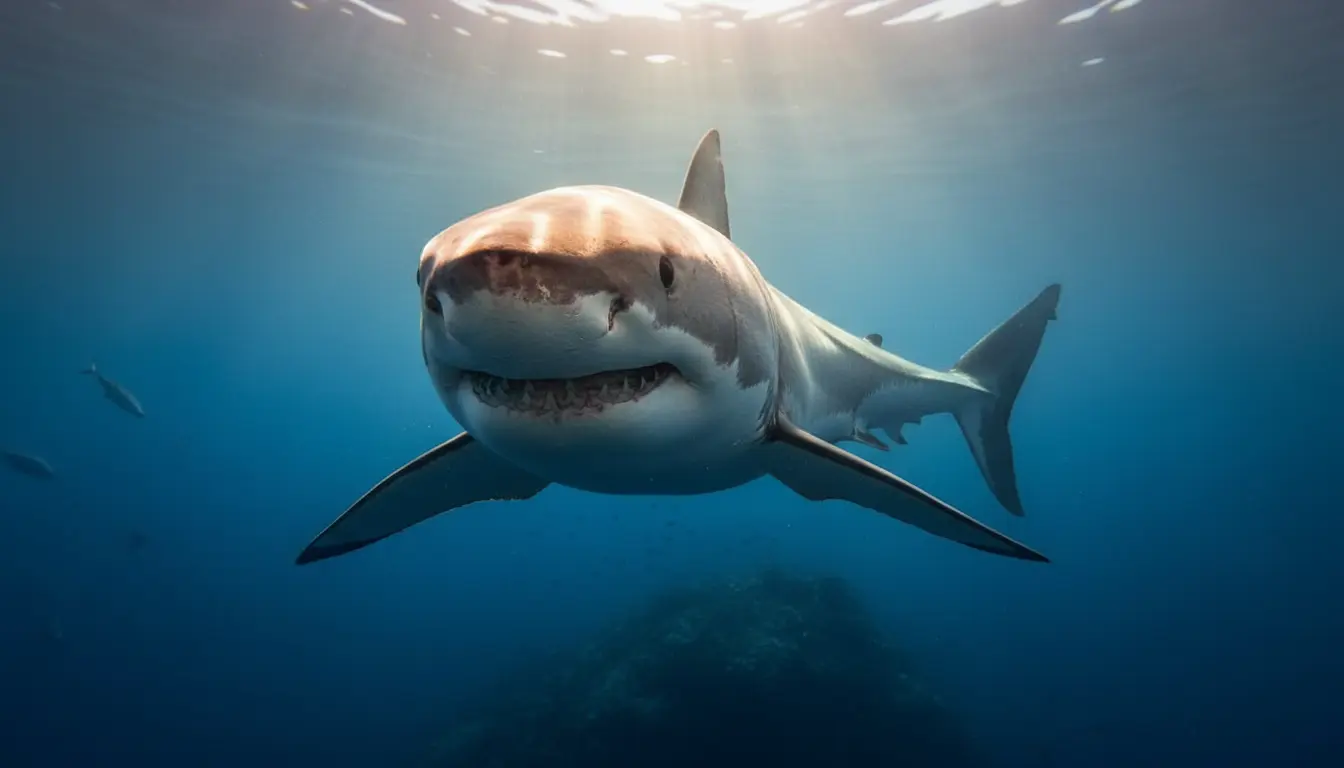A Gentle Giant Makes Waves
It all started in January 2025, when researchers measured a male great white shark that tipped the scales at approximately 1,650 pounds and stretched an astonishing 13.8 feet long. In the context of the northwestern Atlantic, these are record-shattering numbers. According to OCEARCH scientists, it’s one of the largest great whites ever documented in these waters.
To put things in perspective, most adult male great whites in this area range from 11 to 13 feet. This particular shark—dubbed Contender—not only stands out, it practically rewrites the record books. Tracked off the coast near Jacksonville, Contender’s size offers scientists a unique opportunity to study how these physical traits influence the way great whites hunt, expend their energy, and even reproduce.
Contender’s Coastal Adventure
Every spring, great white sharks migrate to the cooler waters of the U.S. East Coast, following massive schools of fish that direct their journey. But in June, Contender took everyone by surprise by venturing into the calm waters of Pamlico Sound, tucked behind the North Carolina Outer Banks—a region now famous in part due to a hit Netflix series.
This unexpected detour not only captivated swimmers, fishermen, and marine experts, but also offered a fascinating real-world lesson in how even well-established migratory patterns aren’t set in stone. Sometimes, even sharks like to keep scientists guessing.
The Science of Tracking a Shark Superstar
Contender is fitted with a satellite tag on his dorsal fin, which tells his story in sporadic bursts—only pinging when he surfaces. These gaps create mysterious stretches of silence, forcing researchers to piece together his movements like aquatic detectives. By correlating the tag’s data with water temperatures and the presence of prey, marine experts can start to sketch out a shark’s itinerary with increasing accuracy.
Staying Safe: Practical Wisdom for Swimmers
If this rare sighting has you eyeing the waves a little more cautiously, fear not. Staying safe really comes down to a handful of common-sense rules:
- Swim in groups whenever possible
- Avoid swimming at dawn or dusk, when sharks are most active
- Report any sightings to local authorities right away
By balancing vigilance and scientific curiosity, we can all enjoy the ocean with peace of mind—while recognizing that the survival of apex predators like Contender is essential for the health of the entire marine ecosystem. After all, even the most unpredictable giants play a vital role in our natural world.

